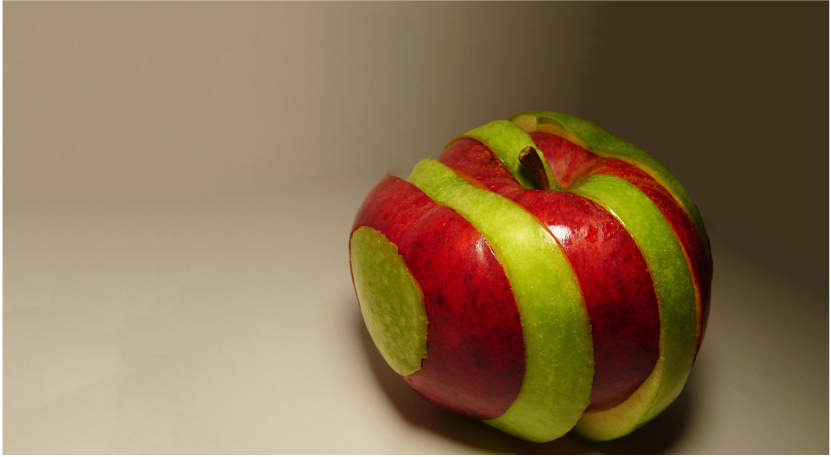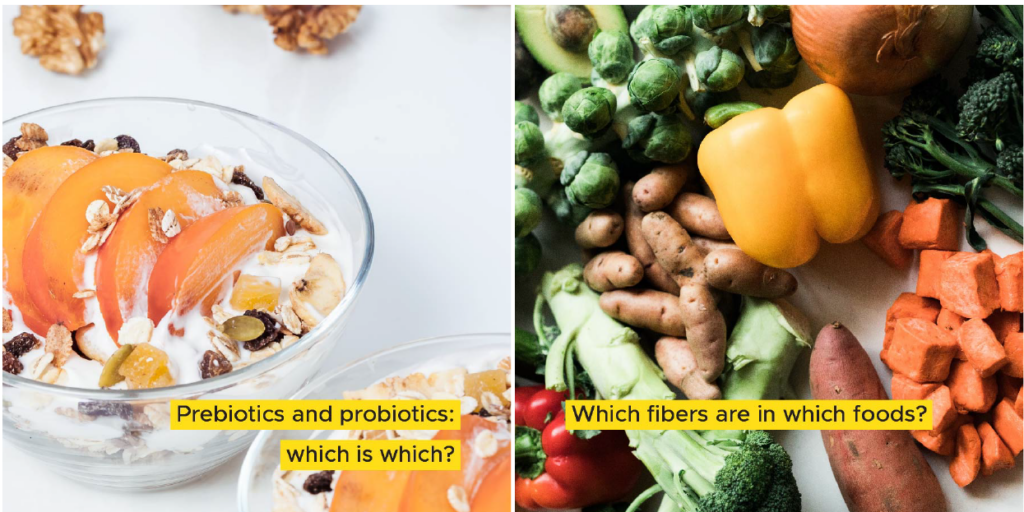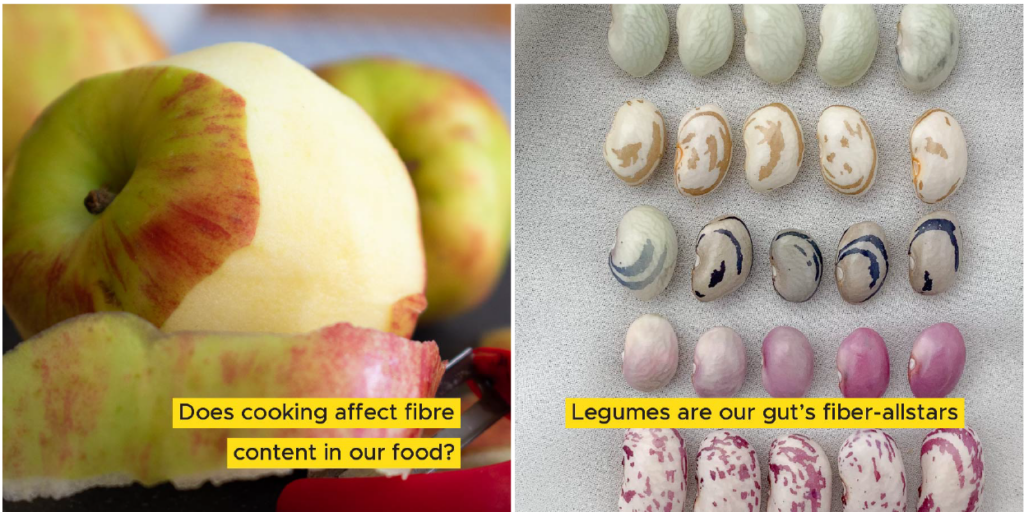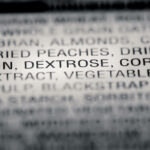FIBER: A GUT HEALTH ESSENTIAL
Fiber: A Gut Health Essential
- Published October 10, 2023
- Category Blog, Food Bulletin Newsletter
- Tags Carbohydrates, fermented Foods, Fiber, gut Health, Legumes

Fiber: A Gut Health Essential
The journey of our gut begins in our mouths through our stomach and intestines, and also involves organs like the pancreas and liver. Through it all, there are more than 100 trillions living microorganisms, and more than 500 different strains of bacterial species – these all make up the ‘gut microbiome’.
An incredibly delicate system, our food choices have tremendous impact on the environment. Highly processed & acidic foods and certain medications can trigger a false alarm, increasing pathogens and a needless immune response that could result in a “leaky gut” and potentially in several autoimmune disorders.
Prebiotics and probiotics are crucial to keep these creatures in tip-top shape, and our gut in check. In both cases, fiber plays a crucial role.

Prebiotics and probiotics: which is which?
Prebiotics are plant fibers our bodies can’t digest but they serve as food for our gut bacteria. Lentils, whole grains, several vegetables, nuts all have several examples of these fibers, particularly those with complex carbs. Probiotics are living organisms that increase the population of good gut bacteria. Fermented foods like yoghurt, buttermilk, kimchi, miso, tempeh, sourdough, idli, dosas are all good examples. But remember to feed them with fiber too!
Which fibers are in which foods?
Soluble fibers are widely available in beans, oats, citrus, apples, psyllium, nuts – they absorb water and turn into a gel that protects the gastrointestinal muscles, while improving cholesterol and blood sugar levels. Insoluble fibers are found in whole grains, legumes, carrots, cucumber, tomatoes and the peels and skin of fruits and vegetables – these promote healthy bowel movements and help with insulin sensitivity. Before you get hung up on the classification, know also that most fiber-containing foods contain portions of both soluble and insoluble fibers. It’s more important to be consume sufficient amounts of fiber each day than worrying which type it is.

Does cooking affect fibre content in our food?
There could be a misconception whereby cooking will result in fiber loss. That is not true; cutting and cooking may modify the fibrous cell walls but fiber is tough stuff and remain undisturbed. However, fiber “loss” can occur when you peel off the skin of fruits and vegetables. Did you know that the peels of fruits and vegetables contain up to 31% of total fibers! Besides fiber, they also contain unique phytonutrients for overall immunity and wellbeing.
Legumes are our gut’s fiber-allstars
The average daily recommended fibre intake is 25g. While we might usually associate vegetables as fibrous foods, the real fiber superheroes are the legume family! Beans are fiber-dense; look for navy beans, lentils, pinto beans, black beans, lima beans, soy beans… a 1 cup serving can give as much as 13g of fibre, or half your daily requirements. Blend them into a dip, stir into a chili or use as a base for a veggie patty! Not only are they versatile, but they are cost effective and can store well in pantries.






